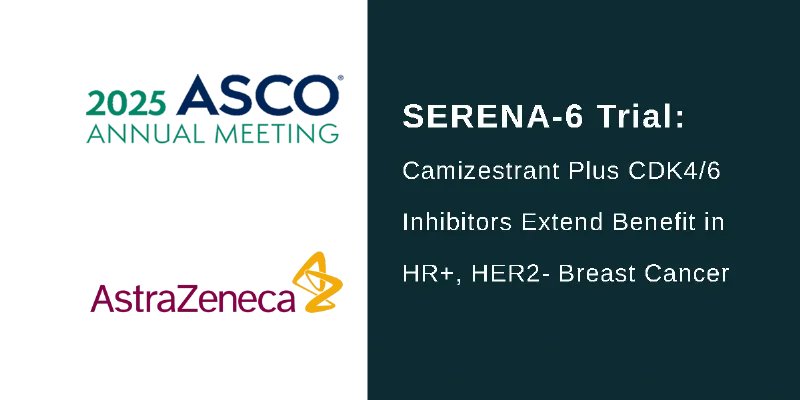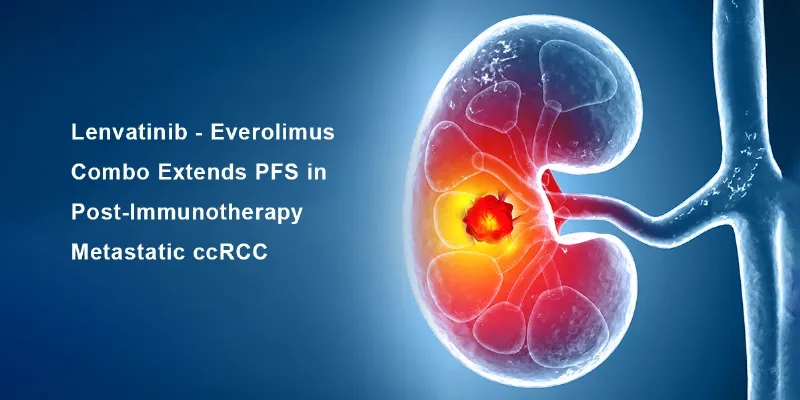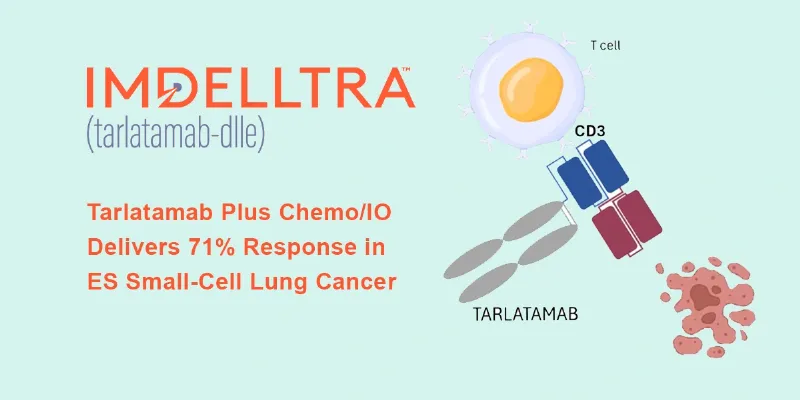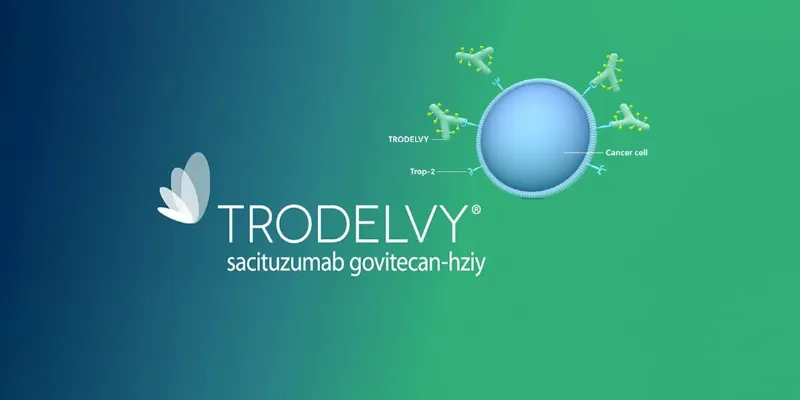ctDNA-Guided Camizestrant Switch Redefines 1st-Line Breast Cancer Treatment

1 June 2025
The phase 3 SERENA-6 trial shows that ctDNA-guided early treatment switch to camizestrant plus a CDK4/6 inhibitor in HR+, HER2- advanced breast cancer with ESR1 mutations nearly doubled PFS to 16.0 months versus 9.2 months. Presented at ASCO 2025, the trial showed that early intervention also delayed quality-of-life deterioration by 18 months, signaling a potential new paradigm in first-line care.
In a pivotal shift for managing advanced hormone receptor–positive (HR-positive), HER2-negative breast cancer, the phase 3 SERENA-6 trial has demonstrated that acting on emerging resistance—detected not on scans, but in the bloodstream—can dramatically extend the time before disease progression. Presented at the American Society of Clinical Oncology (ASCO-2025) Annual Meeting, and simultaneously published in the NEJM, the trial’s results signal a potential new paradigm: harnessing circulating tumor DNA (ctDNA) to outpace resistance in real time.
A New Window for Action
Positive results from the SERENA-6 Phase III trial showed that AstraZeneca’s camizestrant in combination with a cyclin-dependent kinase (CDK) 4/6 inhibitor (palbociclib, ribociclib or abemaciclib) demonstrated a highly statistically significant and clinically meaningful improvement in progression-free survival (PFS). The trial evaluated switching to the camizestrant combination versus continuing standard-of-care treatment with an aromatase inhibitor (AI) (anastrozole or letrozole) in combination with a CDK4/6 inhibitor in the 1st-line treatment of patients with hormone receptor (HR)-positive, HER2-negative advanced breast cancer whose tumours have an emergent ESR1 mutation.
Molecular Monitoring Meets Clinical Relevance
“Today’s news marks a pivotal moment in breast cancer care and redefines how we think about drug resistance in this type of breast cancer,” said Dr. Nicholas Turner, the trial’s lead investigator from The Royal Marsden Hospital, UK. “ The trail results show that switching from an AI to camizestrant in combination with any of the three CDK4/6 inhibitors after emergence of an ESR1 mutation more than halved the risk of disease progression or death and delayed deterioration in quality of life by nearly 18 months. This proactive approach exemplifies a new treatment strategy in oncology.”
Endocrine therapy has long been the backbone of HR-positive breast cancer treatment, yet resistance inevitably emerges, typically driven by ESR1 mutations. Traditionally, clinicians have waited until disease progression is visible on imaging before switching therapies—a point when the tumor has already gained ground.
By using ctDNA monitoring every 2 to 3 months during routine scans, the study identified ESR1 mutations before clinical progression. Patients were then randomized: continue on an aromatase inhibitor (AI) plus a CDK4/6 inhibitor or switch to camizestrant—a potent next-generation estrogen receptor degrader—while maintaining CDK4/6 inhibition.
The payoff was striking. At the first interim analysis, median progression-free survival (PFS) leapt from 9.2 to 16.0 months with camizestrant, a 56% reduction in the risk of progression or death (HR 0.44; 95% CI 0.31–0.60; p<0.00001). These findings held steady across key patient subgroups, regardless of age, region, or CDK4/6 inhibitor used.
Camizestrant’s advantage was not limited to tumor control. The trial also found that patients switching early to camizestrant experienced a meaningful delay in quality-of-life deterioration, with median time to decline stretching from 6.4 to 23.0 months (HR 0.53; 95% CI 0.33–0.82; p<0.001). Notably, this early intervention approach forestalled both physical symptoms and the psychological toll of disease progression.
Weighing the Broader Impact
While the PFS benefit is clear, overall survival (OS) data remain immature. Dr. Angela DeMichele of the University of Pennsylvania, shared her perspective on the ctDNA-guided approach: “Treatment switching at molecular progression based on a blood test for ctDNA rather than on seeing the cancer get worse on a scan is novel. It takes advantage of both our knowledge of cancer resistance and the ability to find the resistance markers in the blood before the cancer can get worse.”
Dr. DeMichele also noted that “monitoring patients for ESR1 mutations provided a ‘head start’ on the next treatment, enabling it to extend the time to anatomic progression compared with usual management.”











Comments
No Comments Yet!